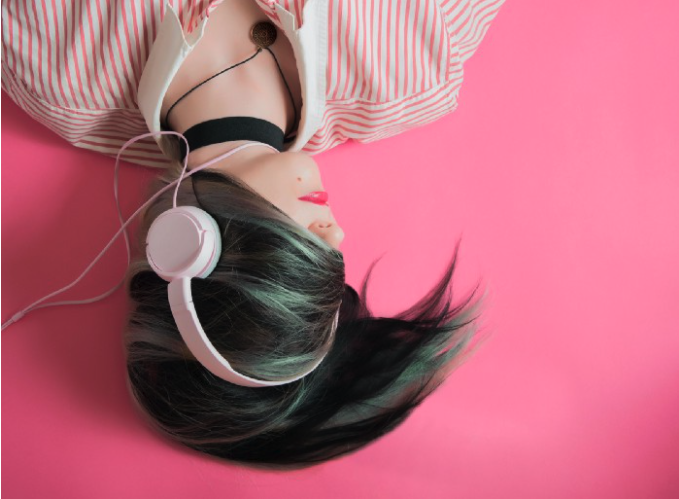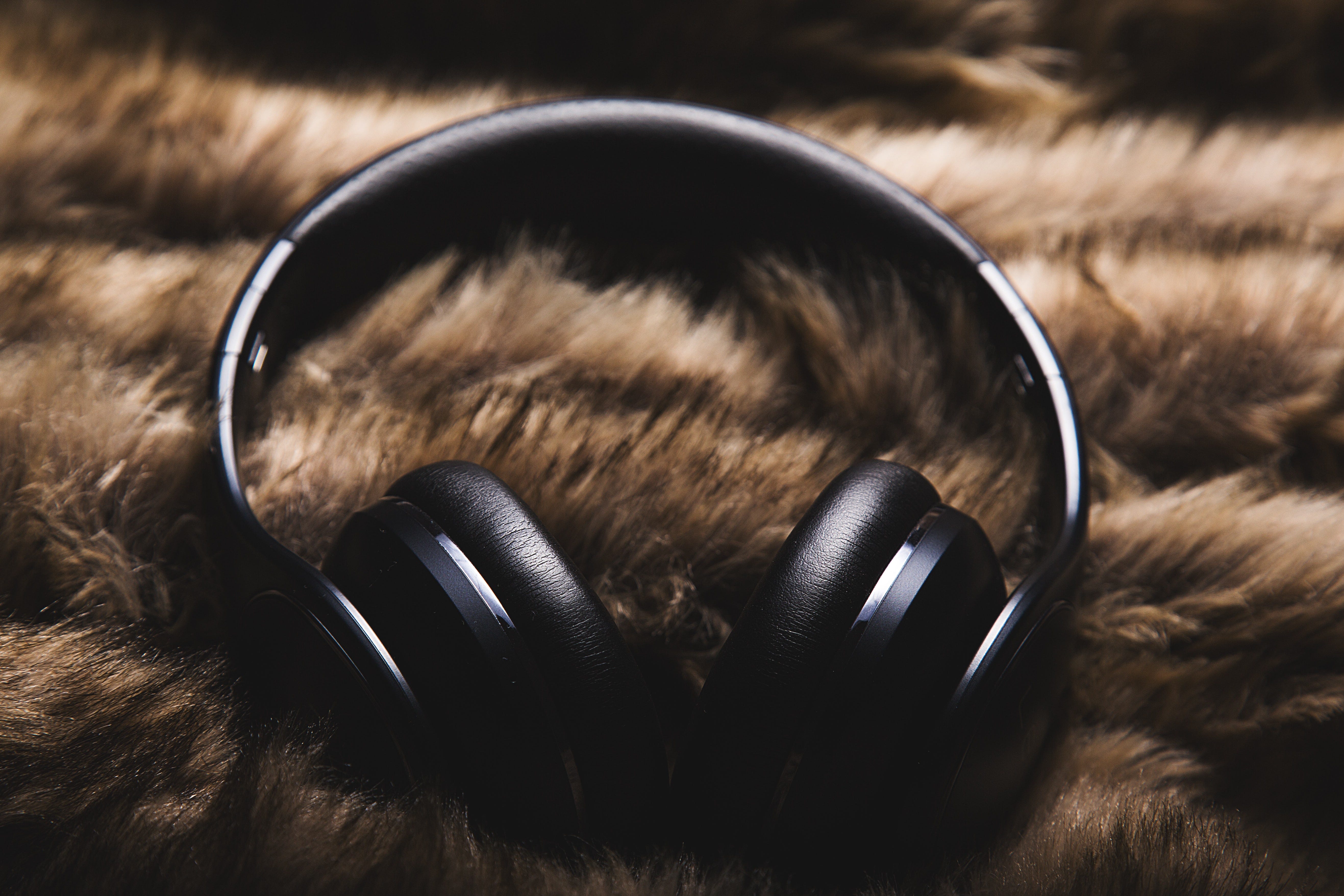
Have I missed something? I’m trying to catch up on the state-of-the-ASMR art, and it is a good thing I’m working from home. The biggest YouTubers in the ASMR world seem to have merged into a single ethereal nymph, all liquid eyeliner, cherry lips, and lacquered nails. And she seems intent on nibbling at my ear.
What is ASMR?
Autonomous Sensory Meridian Response — ASMR — gives a new name to an ancient phenomenon. Some people experience ecstatic tingling, often starting on the scalp, brought on by certain quiet sounds like the fizz of a freshly-poured beer, a hairbrush scraping through locks, or fingernails tapping on Formica. Internet discussions allowed those who get the sensations to find one another, but terms like ‘brain massage’ and ‘brain orgasm’ missed the mark. Hence ASMR, a clinical sounding name, coined for an Internet community.
Studies suggest that ASMR is real and has a physiological basis

That people experience a thrill at quiet, close-by sounds probably shouldn’t surprise anyone. In our most intimate moments of parenting, romance, and friendship, humans use quiet speech, whispering, and touch, to soothe, reassure, and calm. ASMR might even share sensory and psychological pathways with the thrilling ‘skin orgasms’ experienced by some music listeners, but that remains contentious.
The wheels of scientific progress turn far slower than the blistering trends of online video and audio streaming. The few attempts to study ASMR scientifically show that experiencing ASMR lowers heart rates, and temporarily eases depression and chronic pain. Not everybody gets the ASMR tingles. A comparison of those who do and do not tingle found some differences in patterns of connection between brain regions. It remains very early days, but studies suggest that ASMR is real and has a physiological basis.
Intimacy, distilled
ASMRtists, the practitioners of our 21st Century’s first new artform, are the auditory equivalent of the abstract expressionists. They mine the newly-discovered motherlode of ASMR ‘triggers’, and present them in ever more artful ways. Their impact might eventually extend beyond that of Mark Rothko, Helen Frankenthaler, and Jackson Pollock.
Read on … follow the link to the original article at Toward Data Science (takes you free access behind the paywall)……….